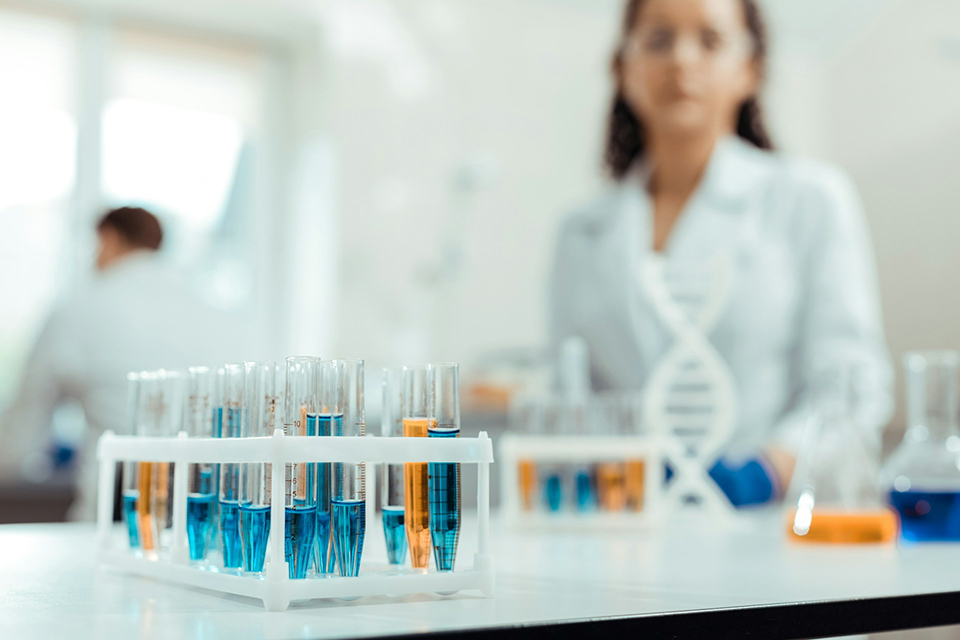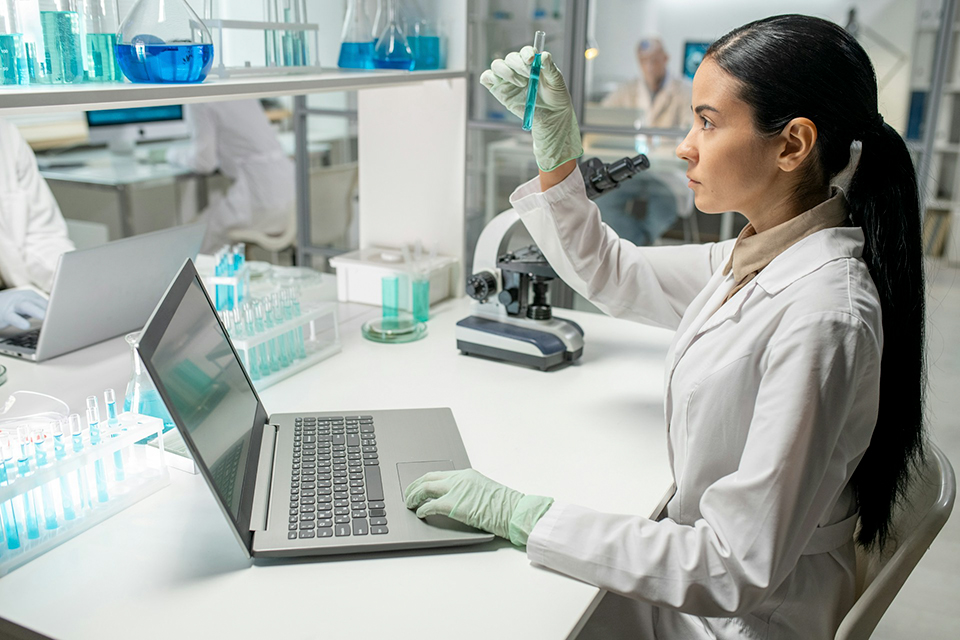Injection Sites for IGF-1 LR3
In research studies involving IGF-1 LR3, the choice of injection site can influence the peptide’s absorption rate and distribution. IGF-1 LR3 is typically administered subcutaneously or intramuscularly, depending on the specific goals of the research protocol. Each method provides unique benefits that can be evaluated based on experimental needs.
-
Subcutaneous Injections
The subcutaneous route involves injecting IGF-1 LR3 beneath the skin, usually in areas with more fatty tissue such as the abdomen, thigh, or tricep region. This approach allows for a gradual release into the bloodstream, creating a sustained effect that may be suitable for studies observing long-term impacts on cellular processes. -
Intramuscular Injections
Intramuscular administration typically involves injecting directly into large muscle groups, such as the deltoids, quadriceps, or glutes. This method provides faster absorption, making it potentially useful in studies focusing on immediate physiological effects. Muscle-specific injections are often selected when the goal is to observe local tissue responses.
For all research involving peptides like IGF-1 LR3, researchers should follow strict laboratory protocols to ensure accuracy and safety in experimental setups.
The information provided in this article is for research purposes only and is not intended to serve as health advice. The content is not a substitute for professional medical consultation, diagnosis, or treatment. Always seek the guidance of a qualified healthcare provider with any questions you may have regarding a medical condition or before making any decisions related to your health. Never disregard professional medical advice or delay seeking it because of something you have read in this article.


